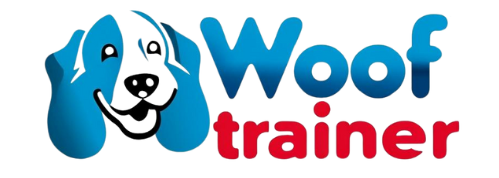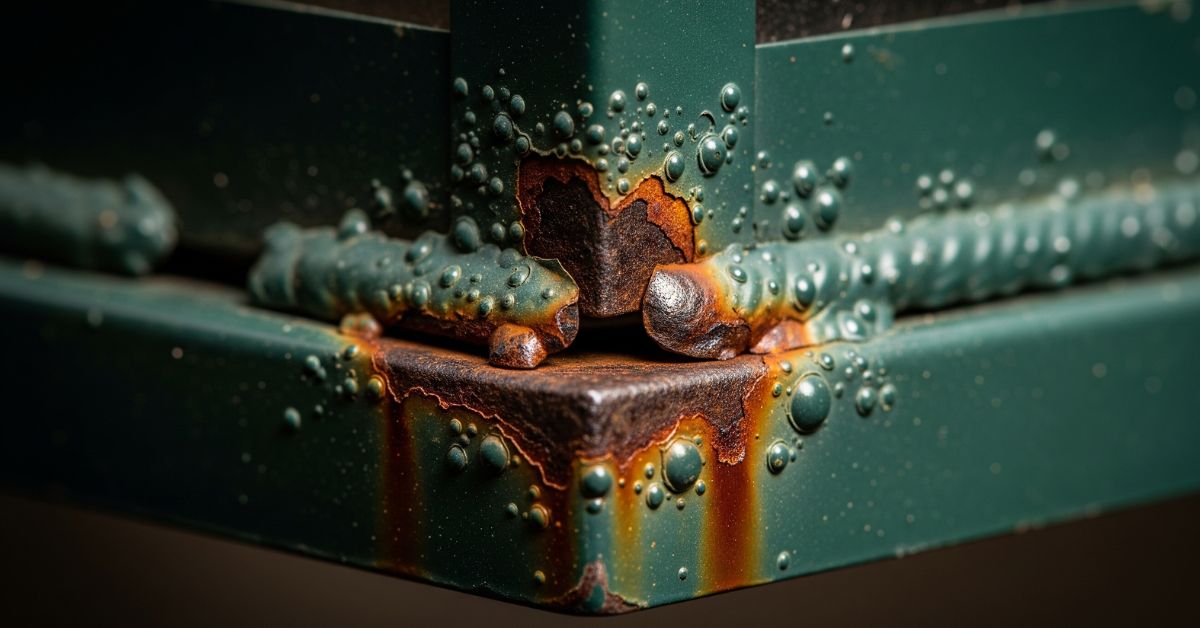Why “Rust-Proof” Feeders Often Fail in Real Kennels
Ask any professional kennel operator, from a German Shepherd breeder in Ohio to a boarding facility in California, and you’ll hear a familiar, frustrating story about the common dog feeder rust problem. You invest in a new set of rotating kennel feeders that look fantastic out of the box. But in as little as six months, the betrayal begins. A tiny bubble in the paint on a weld, a speck of orange in a corner. Before you know it, rust is creeping across the surface, turning your professional-grade equipment into an eyesore and a potential health hazard.
This isn’t a sign of poor maintenance. It’s a sign of a fundamental mismatch between the product’s material and its demanding environment.
Why is my kennel feeder rusting after just a few months? The most common reason is that the feeder is made from powder-coated carbon steel. Once the thin outer coating is scratched or compromised at a weld, the steel underneath is exposed to moisture and chemicals, causing rapid corrosion.
Powder-Coated Steel: Strong at First, Weak Over Time
What Is Powder-Coated Steel?
Think of powder-coated steel as regular, rust-prone carbon steel wearing a durable raincoat. A fine plastic or epoxy powder is electrostatically applied to the steel, then baked in an oven. This process melts the powder into a hard, uniform shell that looks great and provides an initial barrier against the elements.
The Hidden Weakness: Scratches, Welds & Dog Kennel Conditions
That “raincoat” is both its strength and its fatal flaw. Every day in a real-world kennel, feeders get hammered by three things: the constant spray of cleaning water, the harsh bite of disinfectants, and yes—dog urine, which is basically acid in disguise.
The first point of failure is almost always the welds. The uneven surface and heat stress from the welding process create a microscopic weak point in the coating, giving rust its first invitation. Once that barrier is breached, it’s game over.
Is powder-coated steel rust-proof? No. It is rust-resistant as long as the coating is perfectly intact. Once scratched or chipped, the steel underneath will rust.
How long does powder coating last in outdoor kennels? While it can last for years in a static environment, in a high-traffic kennel with chemical exposure, its protective lifespan can be drastically shortened to as little as a year or two before showing signs of failure.
Why 304 Stainless Steel Is the Gold Standard for Kennel Feeders
Built-In Rust Resistance: Chromium’s Passive Film
Unlike coated steel, 304 stainless steel doesn’t wear a raincoat; it is the armor. Its corrosion resistance comes from within, thanks to a key ingredient: chromium. The chromium reacts with oxygen in the air to form a thin, invisible, and incredibly tough “passive film” on the surface. If this layer is scratched, it instantly “self-heals” by forming a new layer, providing relentless, permanent protection.
Used by Vets, Shelters, and Breeders Worldwide
This is why 304 stainless steel is the mandated material in veterinary clinics, commercial kitchens, and professional animal care facilities. Its non-porous surface resists bacterial growth is easy to sanitize and won’t react with chemicals or organic acids. According to guidelines from organizations like the American Iron and Steel Institute (AISI), its properties make it the superior choice for applications where hygiene and corrosion resistance are paramount.
Is stainless steel safe for dogs? Absolutely. Food-grade 304 stainless steel is one of the safest materials available. It’s non-toxic, non-leaching, and does not harbor bacteria like plastics or scratched coatings can.
Does stainless steel rust in kennels? High-quality 304 stainless steel will not rust in a properly maintained kennel environment. It is specifically engineered to withstand the moisture, chemicals, and organic compounds found in these settings.
Side-by-Side Comparison: Stainless Steel vs. Powder-Coated Steel Feeders
To make the choice clear, here is a direct comparison table for kennel operators.
| Feature | 304 Stainless Steel Feeder | Powder-Coated Steel Feeder |
|---|---|---|
| Corrosion Principle | Inherent (Material itself is rust-proof) | Barrier (External coating protects rust-prone steel) |
| Weakness | None, under normal kennel conditions | Scratches, chips, and compromised welds |
| Hygiene | Excellent (Non-porous, easy to sterilize) | Good, until coating is breached, then harbors bacteria |
| Typical Lifespan | Lifetime (20+ years) | 1-5 years before significant rust can appear |
| Maintenance Effort | Low (Simple cleaning) | High (Requires inspection for chips, potential repainting) |
| Long-Term Value | Excellent (Higher initial cost, zero replacement cost) | Poor (Lower initial cost, high potential replacement cost) |
Buying Guide: How to Choose a True Rust-Proof Feeder for Your Kennel
If you’re wondering how to stop kennel feeder rust for good, the answer lies in buying the right product from the start. Use this checklist to make a bulletproof decision:
- 100% 304-Grade Stainless Steel Construction: Don’t settle for “stainless steel bowls.” The entire frame, door, and structure must be 304-grade. If it’s coated in any way, assume it will eventually rust.
- 304-Grade Stainless Steel Hardware: This is the pro-level detail. Check the screws, hinges, and latch. If they aren’t 304-grade, they will be the first points of failure.
- Robust, Serviceable Design: Look for a system built on a foundation of strength. The core of the Wooftrainer system is a welded 304 stainless steel rectangular tube frame, providing an incredibly rigid and durable base. But true lifetime quality isn’t just about initial strength; it’s about long-term serviceability.That’s why our components, like the dual hinges and the secure spring-loaded latch, are mounted with high-grade 304 stainless steel screws. This isn’t a weakness; it’s a deliberate design choice. This method ensures maximum stability while offering two huge advantages for the owner:
- Easy Maintenance: Should a component ever need to be replaced, you can do it yourself in minutes.
- Future Flexibility: You can easily move your investment to a new kennel setup in the future.
To back this up, we offer a promise no one else does: a lifetime free accessory replacement guarantee. If your original screws, hinges, latch, or Z-shaped reinforcements ever fail, we will send you replacements for free. You simply cover the cost of shipping. This is our commitment to a true “buy it for life” product.
FAQ Hub: Common Questions About Rust-Proof Kennel Feeders
What is the best rust-proof dog feeder material?
Unquestionably, 304-grade stainless steel is the best material. It offers the ultimate combination of corrosion resistance, hygiene, and durability required for a professional kennel environment.
Are stainless steel feeders worth the investment?
Yes. While the initial cost is higher than powder-coated options, their lifetime durability means you save money over time by never having to replace them. In the end, it means less stress, fewer replacements, and a kennel setup you can actually be proud of.
How do I prevent rust on my existing kennel hardware?
If you have non-stainless hardware, keeping it as dry as possible and immediately touching up any scratches in the paint can help delay rust. However, for a permanent solution in a kennel setting, replacement with 304 stainless steel is the only truly effective strategy.
What grade of stainless steel is best for kennels?
304-grade is the industry gold standard and is perfectly suited for all kennel applications. 316-grade offers even higher corrosion resistance (often called “marine grade”) but is typically overkill and significantly more expensive unless you are in a direct saltwater spray environment.
Conclusion: Make One Final Investment That Lasts a Lifetime
The choice between a powder-coated feeder and a full 304 stainless steel system isn’t really about which one is cheaper today; it’s about which one is smarter for the next decade. One path leads to a cycle of rust, replacement, and frustration. The other leads to permanent, reliable, and hygienic performance.
If you’re tired of feeders that rust out every couple of years, switching to 304 stainless steel is the last upgrade you’ll ever need to make. Explore our Wooftrainer feeders here and see why kennel operators nationwide are making the switch.


